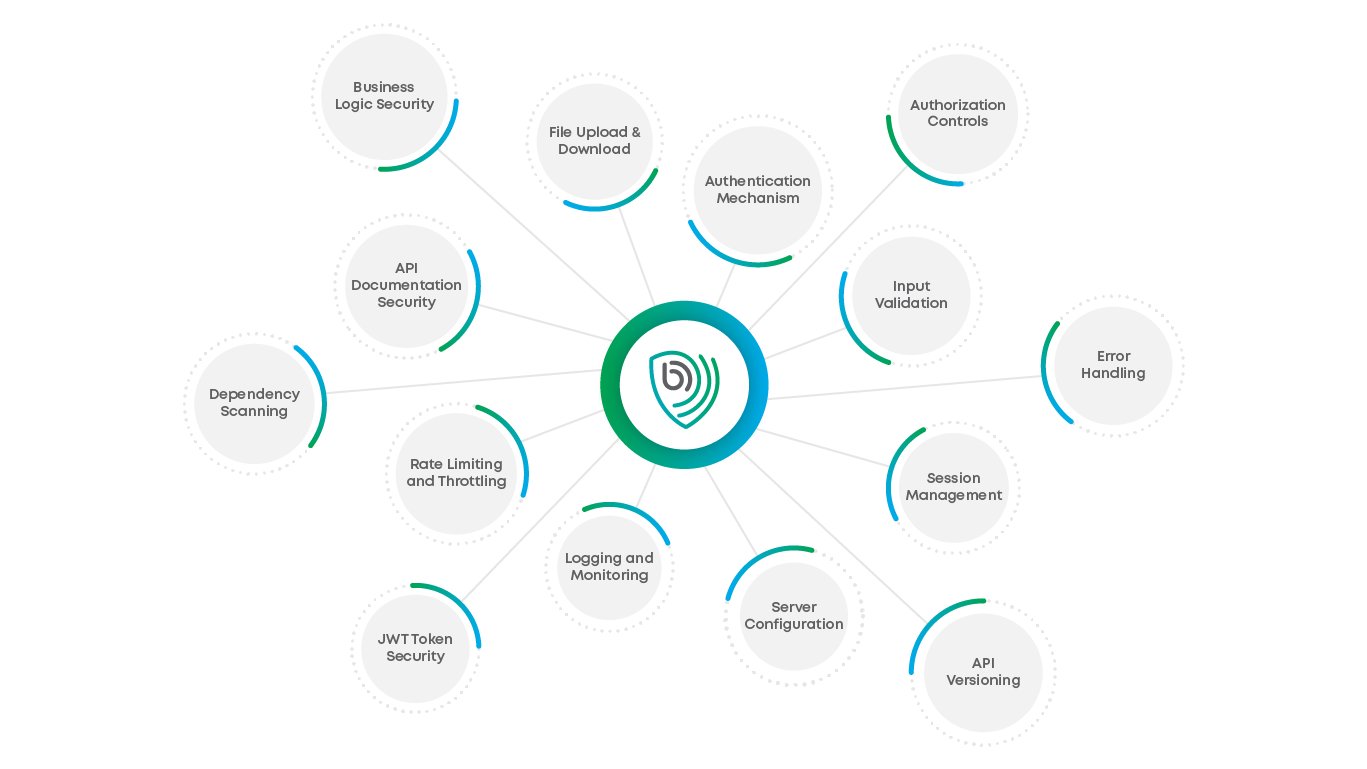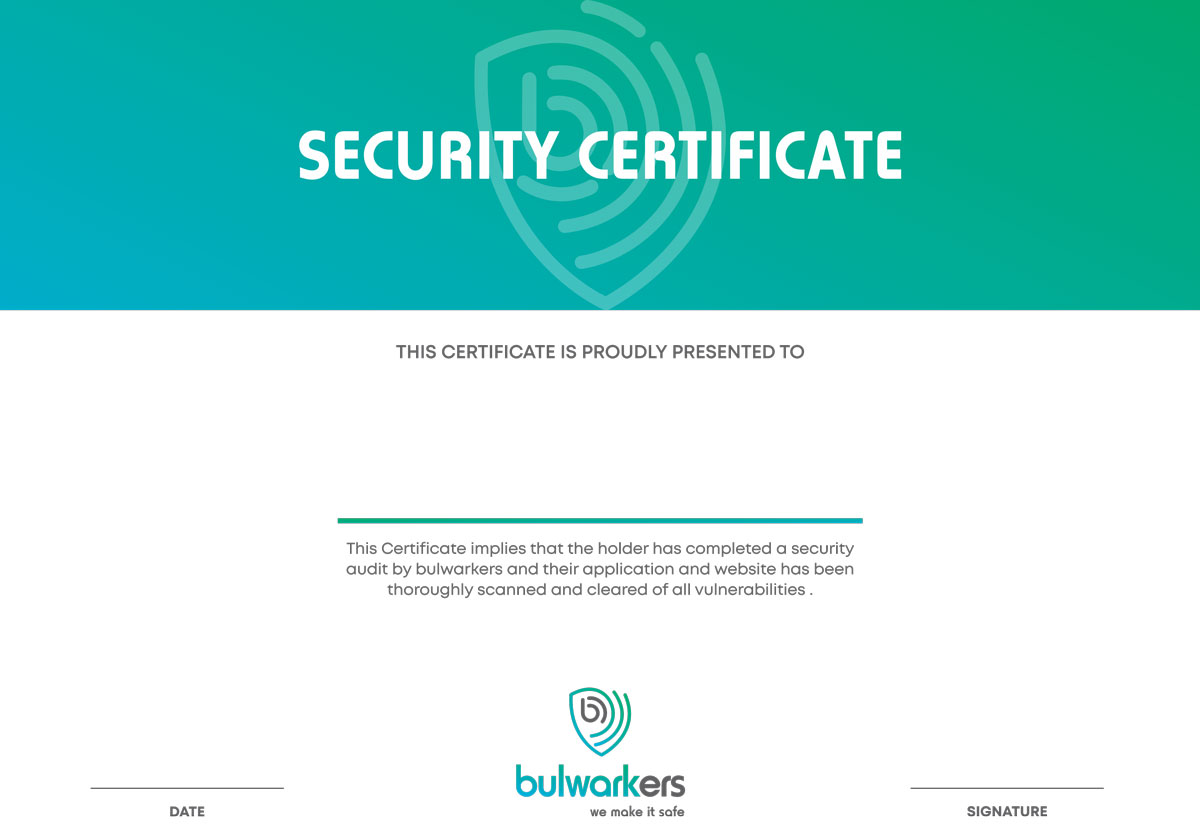
API Pentesting
What is API Pentesting?
API Penetration Testing, is a cybersecurity practice that focuses on assessing the security of Application Programming Interfaces (APIs). APIs enable communication and data exchange between different software systems, and API Pentesting aims to identify and address vulnerabilities that could be exploited by attackers to compromise the security of the API and the connected systems.
Contact UsWhy API Pentesting is Important?
API Pentesting is crucial for several reasons, as it addresses the unique security challenges associated with Application Programming Interfaces (APIs).
Here are key reasons highlighting the importance of API Pentesting:
1. Data Protection:
APIs often handle sensitive data, including user information, credentials, and other confidential details. API Pentesting helps identify vulnerabilities that could lead to unauthorized access or data breaches.
2. Preventing Unauthorized Access:
Ensures that proper authentication and authorization controls are in place to prevent unauthorized users or applications from accessing API endpoints and sensitive data.
3. Mitigating Business Risks:
Security breaches through APIs can have significant business implications, including financial losses, reputational damage, and legal consequences. API Pentesting helps identify and mitigate security risks.
4. Ensuring Compliance:
Many industry regulations and compliance standards mandate the security of APIs. API Pentesting assists organizations in meeting these requirements and demonstrating adherence to security best practices.
5. Building Trust with Partners and Clients:
Organizations often expose APIs for third-party integration. API Pentesting helps build trust with partners and clients by ensuring that APIs are secure, reliable, and comply with industry standards.
6. Identifying and Fixing Vulnerabilities:
API Pentesting goes beyond automated scans, employing manual testing techniques to identify complex vulnerabilities that automated tools may overlook.
7. Ensuring Secure Data Transmission:
Verifies that data transmitted over the API is encrypted using secure communication protocols, preventing eavesdropping and protecting against man-in-the-middle attacks.
8. Assessing Authorization Mechanisms:
Evaluates the effectiveness of authentication mechanisms and ensures that proper authorization controls are in place to prevent unauthorized access to API functionalities.
9. Scalability and Performance:
Identifies potential performance issues and scalability concerns related to API usage, ensuring that the API can handle varying levels of traffic without compromising security.
10. Protecting Against API-specific Threats:
API Pentesting addresses unique threats such as insecure direct object references (IDOR), insecure deserialization, and API abuse, providing a targeted approach to securing APIs.
11. Continuous Security Improvement:
Regular API Pentesting allows organizations to adapt to evolving security threats, ensuring that their APIs remain secure over time and addressing new vulnerabilities introduced during updates or changes.
12. Improving Incident Response Preparedness:
Pentesting simulates real-world attack scenarios, providing organizations with insights into potential security incidents. This helps improve incident response preparedness.
Bulwarkers Approach to API Pentesting:
Unveiling a Strategic Defence Blueprint

1. Information Gathering
Gathering of information through searches of public databases, websites and routing information etc.

2. Scanning
Execution of the scans using automated software tools. Enumeration of hosts, services, application and vulnerabilities.

3. Manual Verification
Verification of the scan results, additional manual discovery and elimination of the false positives.

4. Manual Exploits
Further discovery and exploitation of Manual vulnerabilities using manual Exploits techniques and custom tools an necessary.

5. Analysis and reporting
Analysis of risk and business impact. reporting development of the testing report.

6. Reset and validate
Conduct follow-up testing to verify the effectiveness of remediation efforts and confirm closure of identified vulnerabilities.
Key Aspects of API Pentesting

CERTIFICATE ACKNOWLEDGED BY THE INDUSTRY
Earn your customers' confidence with a distinct, publicly verifiable certificate of security.
Show off your secure application. Have our engineers check your fixes and secure a unique hosting safety certificate for your product.
Distribute the certificate link to your partners and customers to foster trust-based relationships.

Frequently Asked Questions
VAPT stands for Vulnerability Assessment and Penetration Testing. It is a comprehensive cybersecurity approach that combines the identification of vulnerabilities through assessment with the simulation of real-world attacks.
VAPT is crucial for identifying and addressing security vulnerabilities proactively, reducing the risk of cyberattacks, ensuring compliance, and enhancing overall cybersecurity posture.
Vulnerability Assessment focuses on identifying vulnerabilities in a system using automated tools and manual processes. Penetration Testing, on the other hand, actively simulates cyberattacks to test the system's defences and identify potential points of compromise.
VAPT should be conducted regularly, ideally as part of a continuous security program. The frequency depends on factors such as the rate of system changes, industry regulations, and the organization's risk tolerance.
VAPT is typically conducted by cybersecurity professionals, including ethical hackers and certified penetration testers. These individuals have expertise in assessing and securing IT systems.
Common vulnerabilities addressed in VAPT include SQL injection, cross-site scripting (XSS), cross-site request forgery (CSRF), insecure configurations, and vulnerabilities outlined in the OWASP testing guide.
Yes, VAPT can be performed on a variety of systems, including web applications, mobile applications, network infrastructure, and other IT assets.
The duration of a VAPT engagement varies depending on the size and complexity of the system being tested. It can range from a few days to several weeks.
A VAPT report includes details of identified vulnerabilities, their severity levels, exploitation paths for successful attacks, and recommendations for remediation.
While fixing vulnerabilities is crucial, it does not guarantee complete security. Regular assessments, continuous monitoring, and a holistic cybersecurity strategy are essential for maintaining a strong security posture.
In many industries, regulatory standards and compliance requirements mandate regular security assessments, making VAPT an essential component of meeting these standards.
Organizations can benefit from VAPT by reducing the risk of security breaches, ensuring compliance, building user trust, and continually improving their overall cybersecurity resilience.